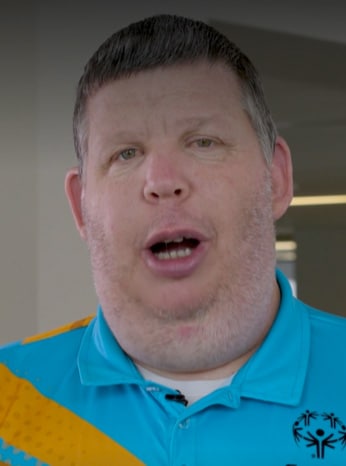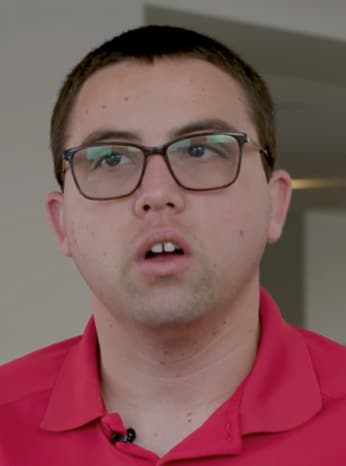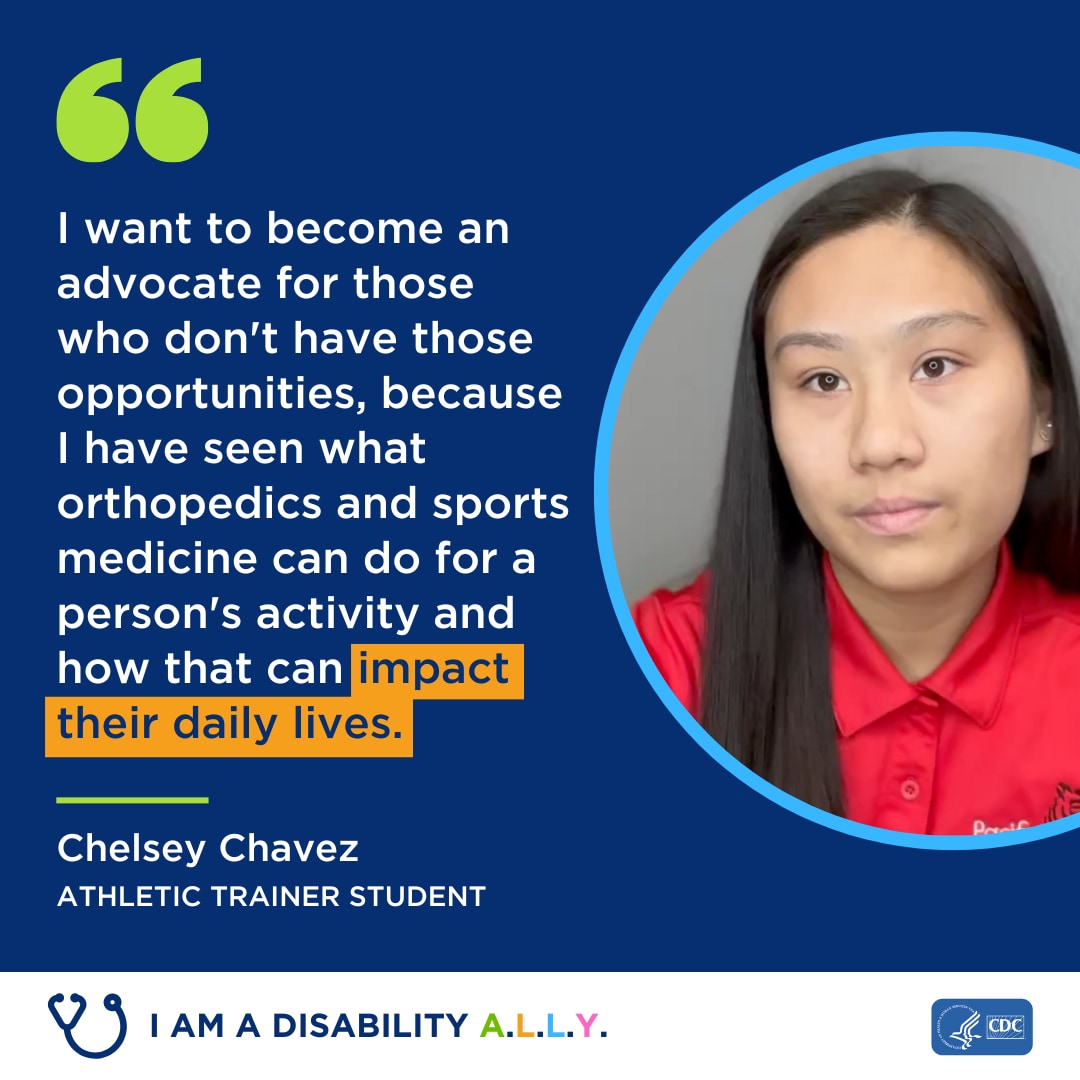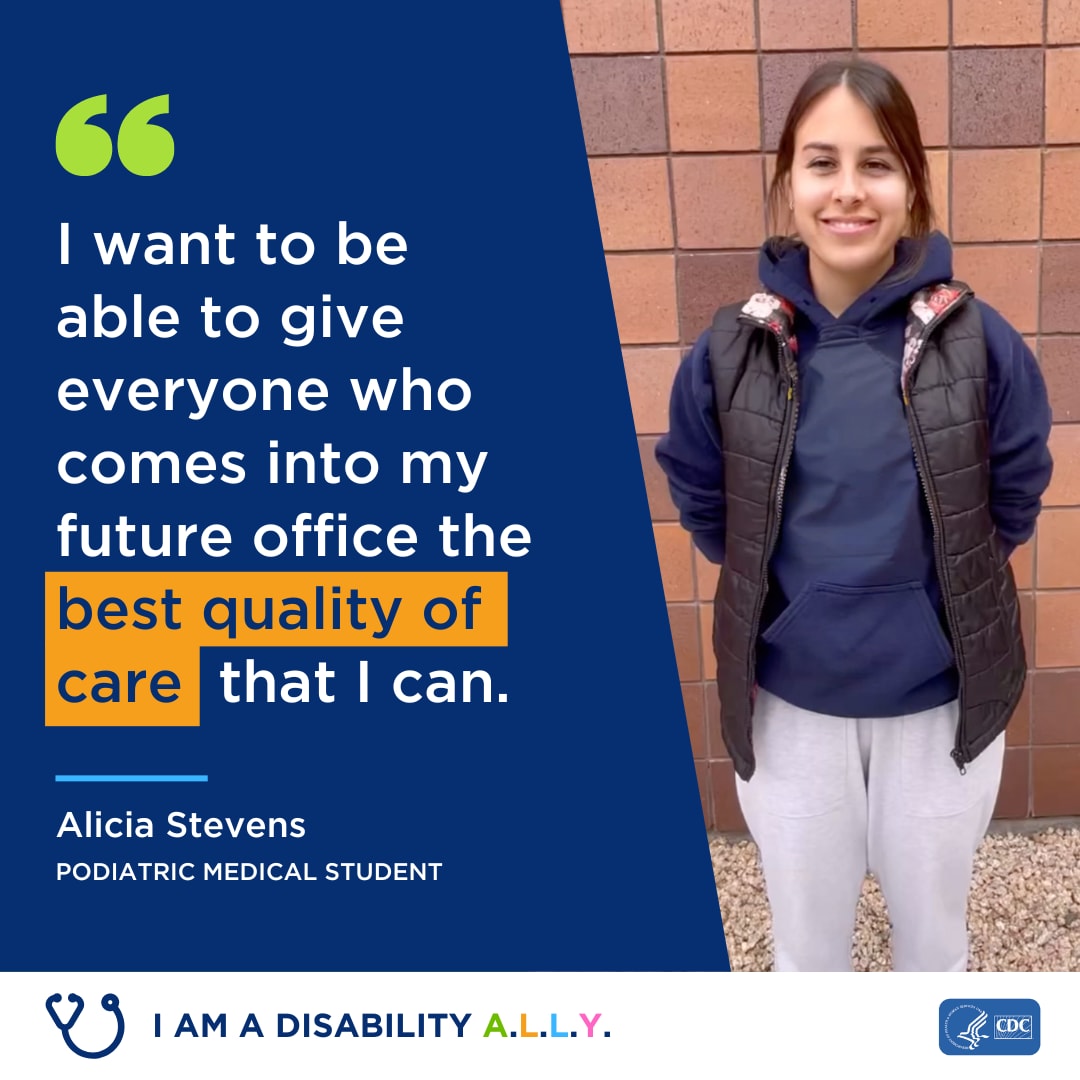At a glance
- Assess your practice's accessibility using checklists and Americans with Disabilities Act (ADA) guidelines for inclusive healthcare.
- Listen to stories from people with disabilities and healthcare providers about the importance and impact of providing an inclusive environment.
- Show your support for people with disabilities and your commitment to provide inclusive healthcare with downloadable images and videos.
Steps to build an inclusive practice
All healthcare practices have patients with disabilities. Yet people with disabilities often face increased barriers when attempting to access care.
Providers, take steps to assess and enhance your practice. Be a healthcare A.L.L.Y. for individuals with disabilities. Small changes can make a measurable difference in the life of someone with a disability.
Step 1: Assess your practice
Use this sample checklist to determine areas of opportunity:
Step 2: Learn what you can do to build a more inclusive practice.
Use the graphics and videos below and join Centers for Disease Control and Prevention (CDC) in championing disability allyship by sharing these digital materials within your health system and community.
Personal stories of inclusive health care
Hear directly from healthcare providers and people with disabilities on why healthcare inclusion is so important. Please watch these impactful videos. Share them and the images with quotes from Special Olympic athletes sharing the positive role that healthcare providers have made in their lives. Hear also from fellow health professionals on why they champion inclusion in their practices.
Dustin Plunkett

Ian Kahalewai

Michael Leon

Rudolpha Richards

Anne Williams, DNP, MS, RN, FAAN

Dr. David Jenkins, DPM

Kathleen Rodriguez, PT, DPT

Rakesha Butler

Ideas for building a more inclusive practice
The following disability inclusion strategies can be a great place to start:
- Welcoming spaces: Ensure your programs and physical spaces are accessible and welcoming to people with disabilities.
- Communication: Ensure your communications, including written and spoken language, materials, and interactions with the community, are accessible to people with disabilities.
- Awareness and training: Understand your community and train your staff on the barriers and challenges faced by people with disabilities, including people-first language and how to remove any barriers.
- Sustainable and intentional inclusion: Build intentional and sustainable inclusion by changing organizational culture to value and understand the importance of including everyone.
These strategies were adapted from Special Olympics: Inclusive Health Principles and Strategies. Additional resources and trainings can also provide helpful guidance and direction.
More than 1 in 4 people live with a functional disability.
These include disabilities in vision, hearing, mobility, cognition, self-care, and independent living.
The ADA requires that healthcare entities provide full and equal access for people with disabilities: Factsheet: Health Care and the Americans with Disabilities Act
Sample messaging and graphics
Please share these materials on your social media handles and tag @CDC_NCBDDD.

Download 1080 x 1080 1200x627

Download 1080 x 1080 1200 X 627

Download 1080 x 1080 1200 x 627

Download 1080 x 1080 1200 x 627

Download 1080 x 1080 1200 x 627

Download 1080 x 1080 1200 x 627





Download 1080 x 1080 1200 x 627

Download 1080 x 1080 1200 x 627
Email badges and banners
Place these badges in your email signatures to amplify the message of disability allyship among healthcare professionals.



